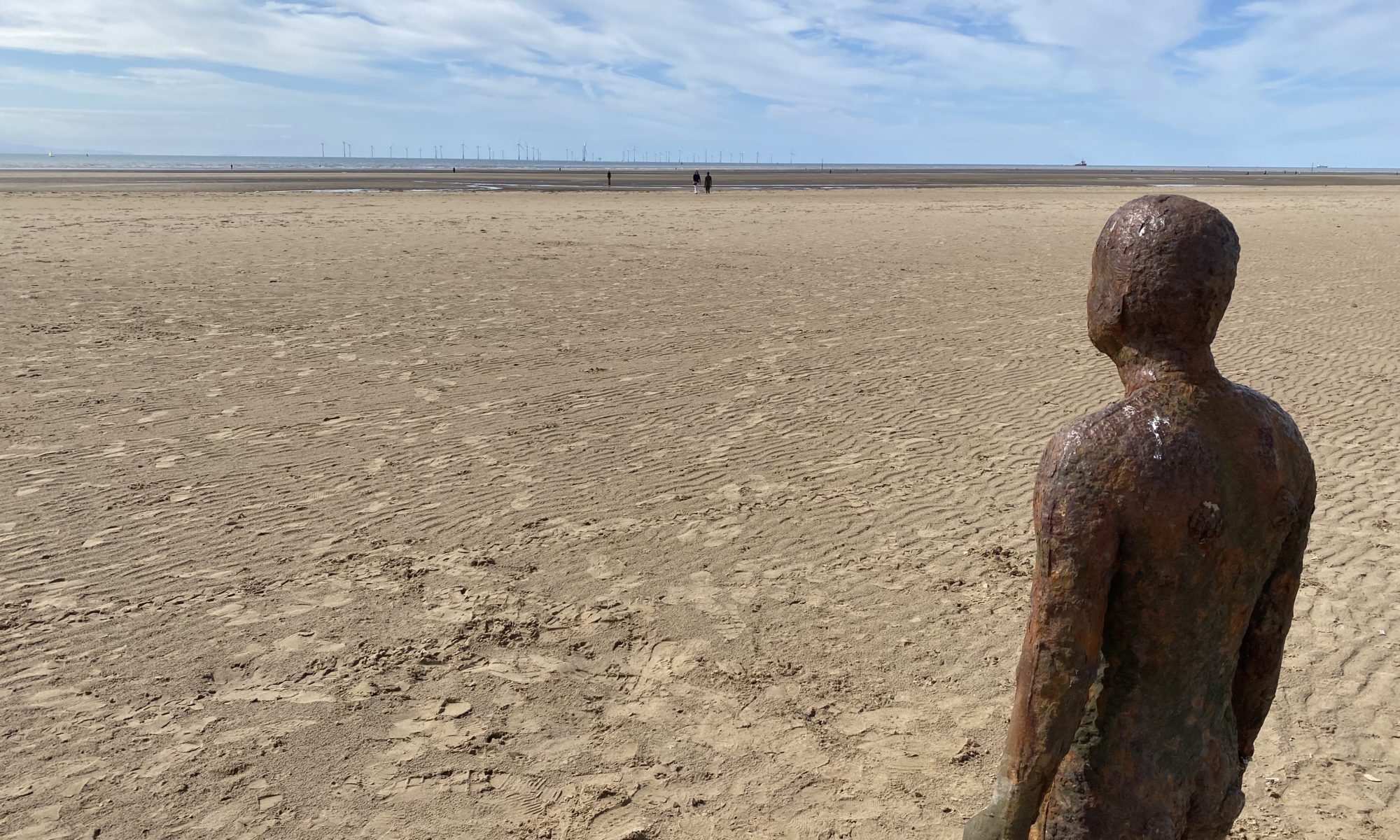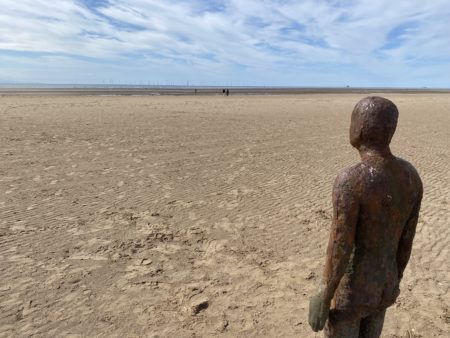Is the corporate world about to have its reparations moment? The conventional view would be a resounding ‘what are you talking about?’. Aside from a few isolated and voluntary cases, most commentary suggests that there is little legal basis to make companies pay for historic actions.
At least that was the view a few years ago. The debate then was largely about forced labour and slavery – relatively easy to understand and argue. Yet a few developments recently suggest that the discourse is now gaining increasing attention. A growing number of families, universities and governments are taking tentative steps to come to terms with their past, and providing remedy, however imperfectly. The discourse is now also moving more into the corporate space.
Climate Loss and Damage
The agreement at the COP27 to develop a loss and damage fund is perhaps the thin end of a wedge. ‘Loss and Damage’ is, in essence, a transfer of funds from countries that have historically emitted GHG, to those countries that are most impacted by climate change. It is however not discussed in these terms in order to avoid notions of liability associated with reparations. Despite the linguistic gymnastics the results are the same – new money will be transferred from richer countries (built on the back of GHG emissions) to poorer ones (suffering the consequences of GHG emissions). As yet there are no details of the funding sources for this, but various mechanisms to bring in funds from the private sector are in play.
Just Climate Transition
One important aspect of the Loss and Damage discourse is the closely related concept of Just Transition. This was included in the 2015 Paris Agreement, though it was only in the COP26 in Glasgow that it finally gained momentum.Companies are starting to pay attention and develop corporate just transition strategies. The Fast-Moving Consumer Goods sector, through AIM-Progress, is even considering taking a sector wide approach. So are other sectors such as marine, energy and banking.
Taken together, this suggests that reparations/loss and damage and the principle of Just Transition will increasingly be important for companies. There is already a wealth of guidance available for companies, and forthcoming meetings will help shed light on what this means in practice. Two emerging aspects will determine the direction of travel: the interpretation of ‘just’, and the role to which just transition is linked to human rights due diligence processes.
It’s Just; not Fair
The challenge of mainstreaming Just Transition has been discussed in a recent thoughtful speech by John Morrison. He notes that the most fundamental key component of just transition is ‘that the transition is also transformative in terms of economic justice and does not blindly replicate the power relationships of extractive economies’.
Climate Justice has highlighted the broader sweep of the concept beyond climate:
“Just Transition is a vision-led, unifying and place-based set of principles, processes, and practices that build economic and political power to shift from an extractive economy to a regenerative economy. This means approaching production and consumption cycles holistically and waste-free. The transition itself must be just and equitable; redressing past harms and creating new relationships of power for the future through reparations. If the process of transition is not just, the outcome will never be. Just Transition describes both where we are going and how we get there.”
This is difficult territory for companies. So it is no surprise that some companies are attempting to redefine ‘just transition’ as ‘fair transition’.
There is however a danger here – ‘just’ and ‘fair’ are quite different. Fairness is more objective, and allows companies to be more in the driving seat of defining the what and the how. The process gets lost, and the corresponding action plan gets more narrowly defined, potentially in a way beneficial for the companies.
Past, Present, Future
The AIM-Progress exercise, seeks to understand how human rights due diligence (HRDD) can guide how to address Just Transition.
It can. Though not without a tweak to how HRDD is applied. Typically, HRDD exercises view the situation today and look at the current impacts of current operations upon rights holders. There has been less focus upon the context of historical practices that how they contribute to the situation today. Discussions on climate loss and damage, clearly bring in the historical responsibilities. Indeed the Ruggie Framework itself, whilst not being explicit about the timeframe of actual impacts, does imply a backward-looking scope. Which is where another development in 2022 was so important.
Tackling Deforestation
In late 2022 the Forest Stewardship Council (FSC) changed an infamously arcane rule. This prevented some companies from becoming certified to their standard if there was forest conversion in their estate after 1994. Originally this ‘cut off date’ was completely logical, but two decades later had become a serious barrier to progress. Companies that previously deforested in the past, but then stopped deforesting, were unable to become certified and receive recognition for doing the right thing.
The new FSC approach allows those companies to become certified if they “restore deforested and degraded lands in their concessions as well as to offer social restoration to communities affected by the deforestation”.
The FSC has a unique democratic construct that gives a balanced approach to northern and southern hemisphere stakeholders. The FSC comprises NGOs, and a wide range of stakeholders including companies. What the rule change has achieved is a framework and marker for reparations – both of nature and to society in a way that is acceptable for companies.
What Next?
Where families, Universities and Governments are taking tentative steps to come to terms with their past, and provide remedy, the Corporate world is just starting to wake up to its past. This leaves us with several questions and ways forward :
- We need to start looking backwards. Current expectations increasingly extend to past practices, that become adjudicated in law. And whilst there is the principle of non-retroactivity in law, some issues seem different. What happens when past profits were made on the basis of something that today is viewed as unacceptable/ illegal? Where are the models that can guide us? The IFC and OECD may provide some guidance.
- How will this be reflected in corporate accounts? As a liability on the balance sheet? As a profit and loss item? What does it mean for assurance of corporate reporting? We may not have long to find out. Guidance from professional service firms, taking into account Just Transition are starting to reflect the need to address historic social inequities. Accounting for the financial consequences can’t be far behind.
- How this plays out provides a transition risk for investors. The scope of the discourse on loss and damage is more than climate; and reparations is more than slavery & forced labour. It already extends to nature. It’s a short step towards inequality/living income, and crops such as cocoa, coffee and a whole load more where farmers are living in poverty.
- Is there a role for cut-off dates? The FSC 1994 cut-off date ultimately became a barrier to progress. Yet for well over a decade it was an instrumental part of the creation and early success of FSC. It sent a strong message that continued conversion was unacceptable. Pressure built up in the system and helped create a critical mass of adherents to FSC. Those who didn’t act immediately, eventually did. And came knocking on the door wanting to be let in as responsible actors.
Could a similar date help with other issues such as climate, biodiversity (beyond the FSC), inequality/living income? Could the decisions made in 2022 have effectively set that date?



